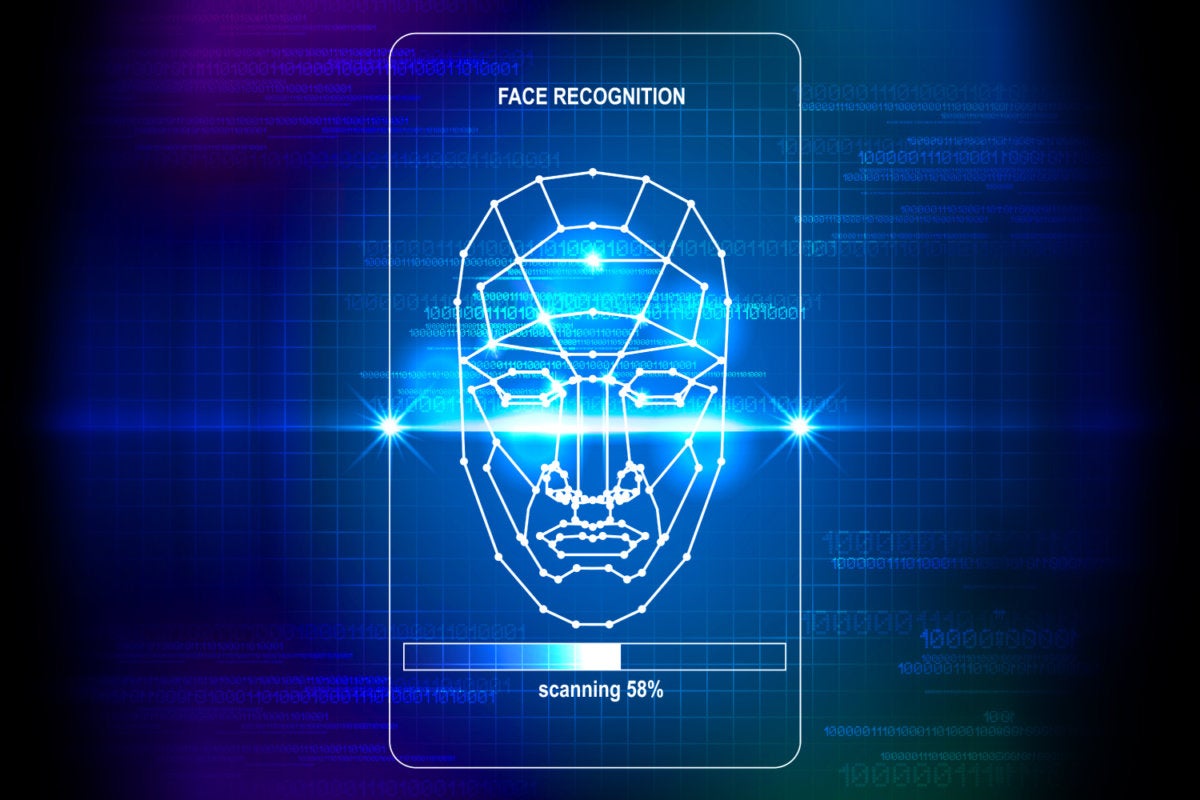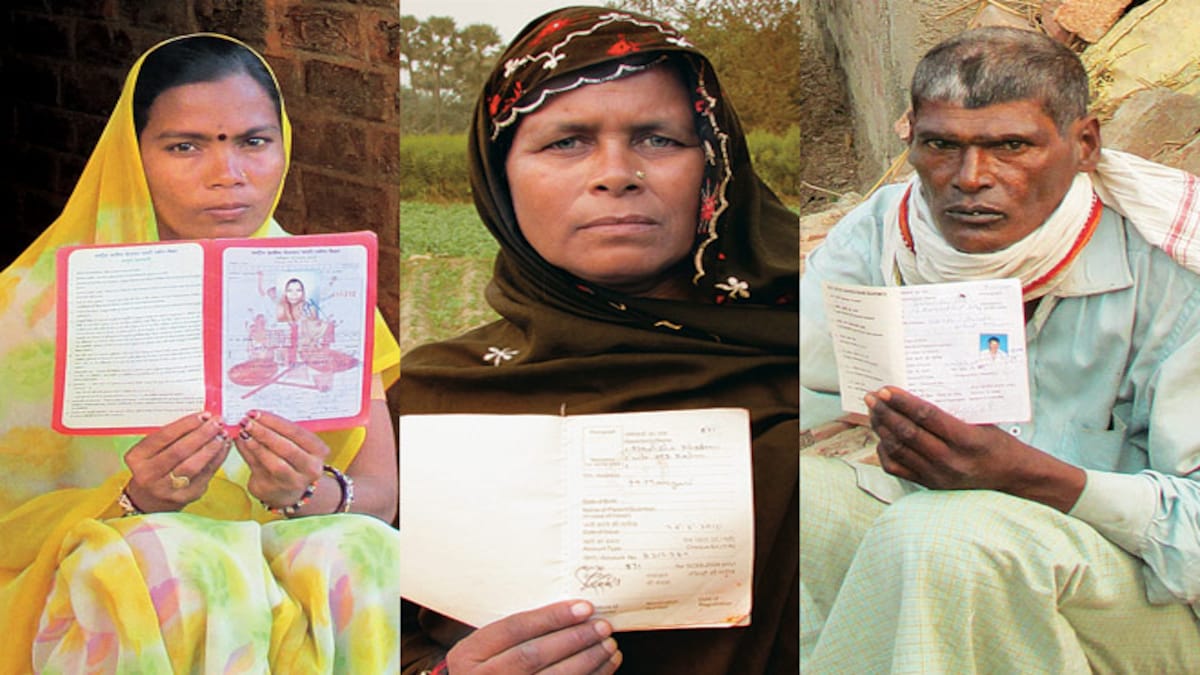Using Face Authentication to Plug MGNREGS Leakage: A Prospective for 2024

Using Face Authentication to Plug MGNREGS Leakage: A Prospective for 2024
The Mahatma Gandhi National Rural Employment Guarantee Scheme (MGNREGS) is an ambitious welfare initiative by the Indian government, designed to provide at least 100 days of guaranteed wage employment in a financial year to every rural household whose adult members volunteer to do unskilled manual work.
However, like many welfare programs, MGNREGS has often been subjected to leakages due to fraudulent claims, thereby diluting its impact.

Leveraging technology to streamline and authenticate beneficiaries can significantly enhance the efficiency of the program. One such technological solution that has been gaining traction is face authentication.
To plug leakages, which officials estimate to be as high as a third of the expenditure in the Mahatma Gandhi National Rural Employment Guarantee Scheme (MGNREGS), the Centre is expected to roll out Aadhaar-linked facial identification of workers under the flagship programme next year.
MGNREGS seeks to give every rural household in the nation, whose adult members volunteer to perform unskilled manual labour, primarily during off-seasons, at least 100 days of guaranteed paid employment in a fiscal year.2.01 billion person days of work have been produced under the programme thus far in FY24. Compared to 3.63 billion in FY22 and a record 3.89 billion in FY21, the epidemic year, 2.94 billion person days were created in FY23.
Official data shows that the number of persons seeking gainful employment has decreased month by month from 33.7 million in June 2023 to 18.5 million in September and then to 17.5 million in October until the 27th of the month.

One of the primary reasons the Centre made a five-year low provision of Rs 60,000 crore in the FY24 Budget for the employment initiative is widespread misuse of money allotted under the flagship project. It would probably add an additional Rs 30,000–40,000 crore to it because the budgetary allotment has been nearly completely used.
Face authentication, a subset of biometric authentication, involves recognizing an individual based on unique facial features. Using sophisticated algorithms, the system captures, analyzes, and compares facial features to authenticate an individual. This technology has progressed rapidly over the years, making it a reliable method for secure identity verification.
Given that facial features are unique to each individual, face authentication can drastically reduce the chances of identity fraud, ensuring that only genuine beneficiaries reap the rewards of MGNREGS.
Beneficiaries can be authenticated on-the-spot, eliminating delays and reducing the bureaucratic overhead associated with traditional verification methods.
Digital methods reduce the need for extensive documentation, making the process more efficient.

For the rural populace, many of whom may be illiterate or unfamiliar with technology, face recognition offers a simple and intuitive method of authentication.
Although the initial setup might require substantial investment, the long-term savings from plugging leakages and reduced administration costs can justify the expenditure.
Storing biometric data can raise privacy concerns. It’s crucial to ensure that the data is securely stored and only used for its intended purpose.
Many rural areas still lack the necessary technological infrastructure. Ensuring widespread, uniform access would be a challenge.
No biometric system is infallible. There could be instances where genuine beneficiaries might be wrongly denied or unauthorized individuals might gain access.
The initial investment required for setting up facial recognition systems, training personnel, and educating beneficiaries can be significant.

Before a nationwide rollout, it’s crucial to test face authentication in select regions to gauge its efficiency, accuracy, and user-friendliness.
Implementing a new system requires training at multiple levels – from officials managing the system to the beneficiaries using it.
Safeguarding the biometric data of millions of citizens is paramount. India can look at global best practices and even enact more stringent data protection laws, if necessary.
Post-implementation, there should be provisions for continuous monitoring, feedback collection, and necessary adjustments to the system.

The integration of face authentication with MGNREGS has the potential to transform the landscape of rural employment in India. By effectively plugging leakages, the government can ensure that the benefits of this flagship program reach its intended beneficiaries.
As with any significant technological overhaul, there will be challenges. However, with careful planning, stakeholder engagement, and commitment to continuous improvement, these hurdles can be effectively addressed, paving the way for a more efficient and transparent MGNREGS.




